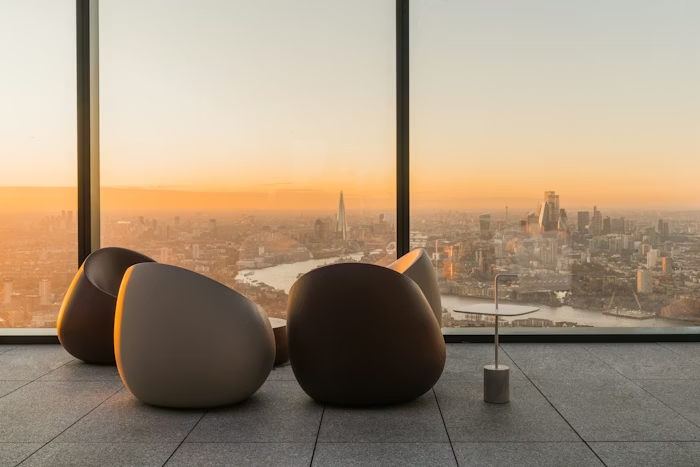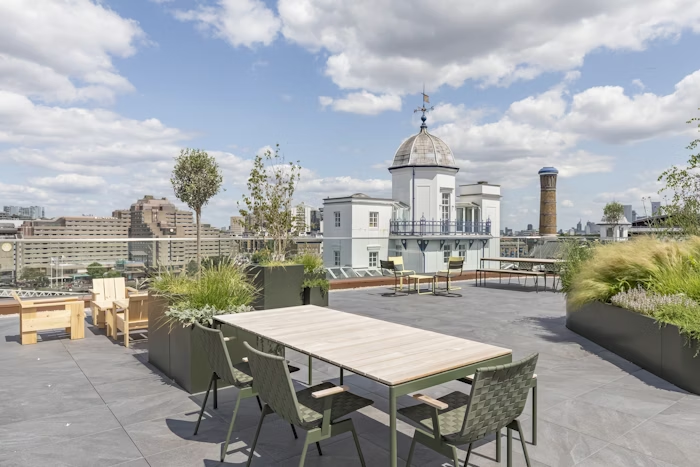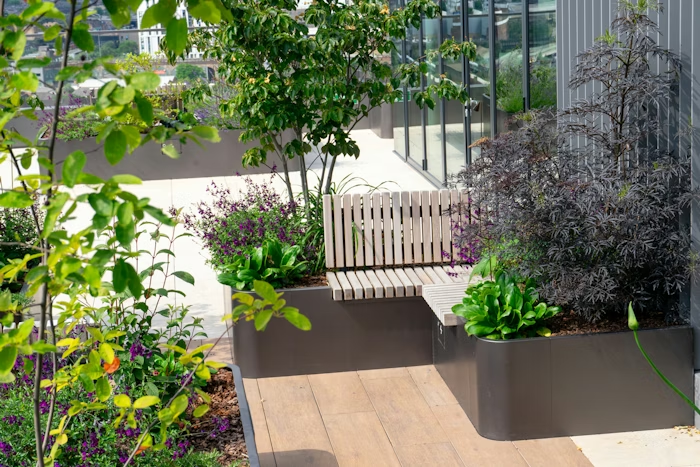Urban rooftops are no longer just the final layer of a building; they are becoming some of the most valuable real estate in the city. Once overlooked, these elevated spaces are now being reimagined as vibrant extensions of the built environment, offering sweeping views, unique experiences and tangible value for developers and tenants.
Roof terrace systems are at the heart of this transformation. By unlocking the potential of underutilised rooftop spaces, they not only maximise panoramic views but also elevate user experience, enhance a building’s visual identity, and contribute to a more dynamic city skyline.
This blog explores the urban rooftop revolution, what’s driving, why maximising views matters, and how modular systems like Raaft’s make it possible to design rooftop terraces that are both beautiful and built to last.


_nutjx_olibc.avif)







